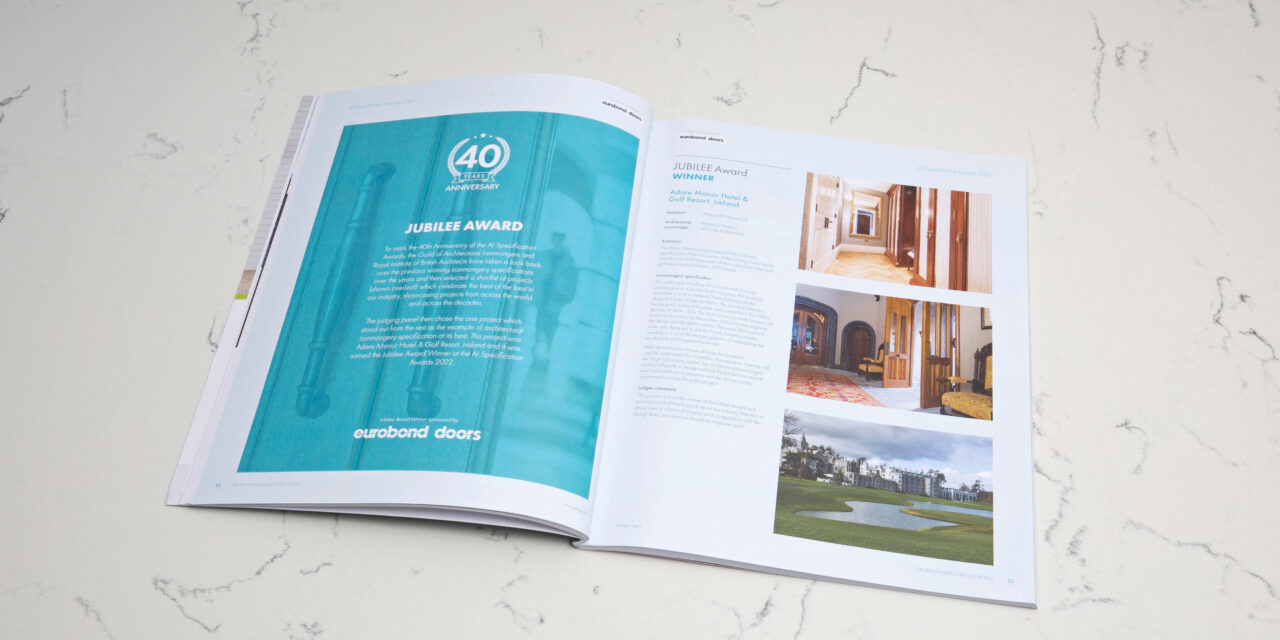A new resource book celebrating design and best practice has been published by the Guild of Architectural Ironmongers (GAI) for anyone involved in specifying or designing with architectural ironmongery and hardware.
The book, available as a free download at www.gai.org.uk/specifier, showcases award-winning architectural ironmongery projects and products from this year’s GAI/RIBA AI Specification Awards.
It also provides a source of information and reference for specifiers and designers, with articles, best practice advice, and latest updates on competence, standards, and legislation.
Among the feature articles, RIBA past President Alan Jones discusses meeting the challenges of fire performance, life safety, acoustic separation, security and user requirements in today’s ‘more for less’ construction culture.
The guide discusses the value of working with a Registered Architectural Ironmonger (RegAI) to achieve world-class project delivery, compliance, and outcomes.
And there is information to help specifiers find fully qualified architectural ironmongery professionals, including a full RegAI and GAI member directory.
GAI Technical Manager Douglas Masterson said: “The GAI Specifier’s Resource Book is not just a celebration of design excellence and best practice, but a guide to some of the key issues impacting on today’s AI and wider construction sectors.
“The aim has been to produce and distribute a resource which helps architects, architectural technicians and technologists, interior designers, M&E consultants and others involved in the design and specification processes to better understand some of these issues, and underlines the importance and value of engaging with high-quality AI professionals and companies from the very earliest stages of their projects.”
The new GAI Specifier’s Resource Book 2022 is available as a free download at www.gai.org.uk/specifier. Also available at that location is a series of free GAI technical specifier guides focusing on the legislation, standards and best practice involved in key areas of AI specification, from fire safety, fire and escape doors to accessibility, security and access control.


